Here are some common gardening mistakes to avoid. Starting a garden can be an exciting and rewarding experience, but it also comes with its share of challenges. Many novice gardeners make mistakes that can hinder their progress and dampen their enthusiasm. To help you get off to a great start, we’ve compiled a list of common gardening mistakes and how to avoid them. By being aware of these pitfalls, you can ensure a healthier, more productive garden.
1. Choosing the Wrong Location
Planting your garden in a spot that doesn’t receive enough sunlight or has poor soil drainage.
Solution:
- Sunlight: Most vegetables and flowering plants need at least 6-8 hours of direct sunlight daily. Observe your yard to determine the best location for your garden.
- Drainage: Avoid low-lying areas where water tends to pool. Choose a spot with well-draining soil to prevent root rot and other moisture-related issues.

2. Planting Too Early or Too Late
Planting seeds or seedlings at the wrong time of year, leading to poor germination or plant death.
Solution:
- Frost Dates: Learn the last frost date in spring and the first frost date in fall for your region. Use this information to plan your planting schedule.
- Soil Temperature: Ensure the soil is warm enough for seed germination. Many seeds require a minimum soil temperature to sprout.

3. Overwatering or Underwatering
Not providing the right amount of water for your plants, leading to stress, disease, or death.
Solution:
- Consistency: Water your garden consistently, keeping the soil evenly moist but not waterlogged.
- Soil Moisture: Check soil moisture regularly. Stick your finger an inch into the soil; if it feels dry, it’s time to water.
- Mulch: Apply mulch around plants to retain soil moisture and reduce evaporation.
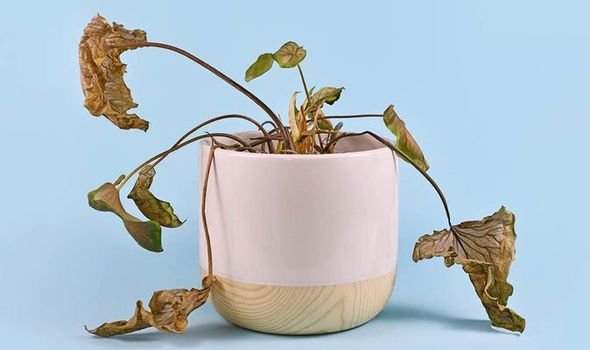
4. Neglecting Soil Preparation
Planting in poor or unprepared soil, which can lead to nutrient deficiencies and weak plants.
Solution:
- Soil Testing: Test your soil’s pH and nutrient levels. Amend the soil with compost, organic matter, or specific nutrients based on the test results.
- Tilling: Loosen the soil to improve aeration and root penetration. Avoid over-tilling, which can disrupt soil structure.
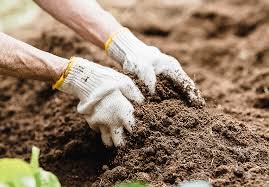
5. Overcrowding Plants
Planting too many seeds or seedlings in a small area, leading to competition for resources and poor growth.
Solution:
- Spacing: Follow the recommended spacing guidelines for each plant. This allows enough room for roots to spread and plants to grow without competing for sunlight, water, and nutrients.
- Thinning: If seedlings sprout too closely together, thin them out to ensure adequate space for healthy growth.
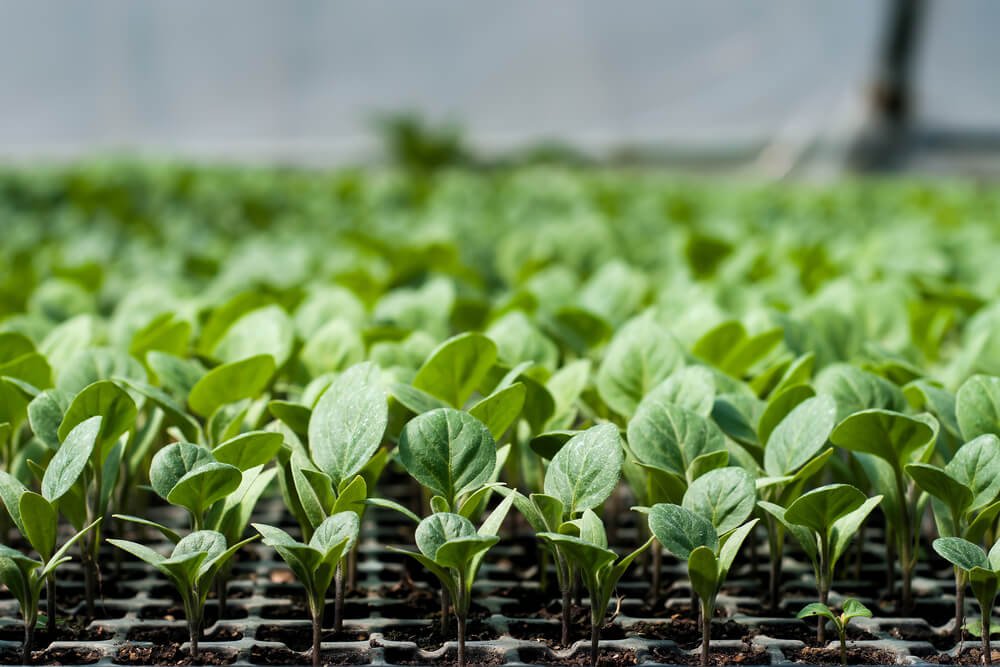
6. Ignoring Plant Labels and Instructions
Overlooking the specific needs of different plants, such as sunlight, water, and nutrient requirements.
Solution:
- Research: Read and follow the instructions on seed packets and plant labels. Each plant has unique needs that must be met for optimal growth.
- Record-Keeping: Keep a garden journal to track planting dates, care instructions, and observations. This will help you learn and improve your gardening skills over time.
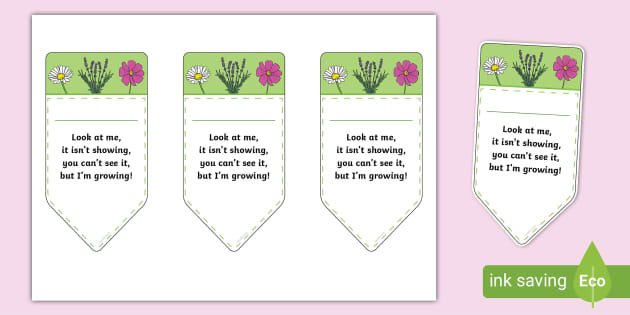
7. Not Controlling Weeds
Allowing weeds to overtake your garden, competing with your plants for water, nutrients, and sunlight.
Solution:
- Weed Regularly: Remove weeds as soon as they appear. Use hand-pulling, hoeing, or weeding tools to keep your garden weed-free.
- Mulch: Apply a thick layer of mulch to suppress weed growth and retain soil moisture.

8. Using Too Much or Too Little Fertilizer
Over-fertilizing can burn plants and damage soil, while under-fertilizing can lead to nutrient deficiencies and poor growth.
Solution:
- Balanced Fertilization: Use a balanced fertilizer according to the specific needs of your plants. Follow the recommended application rates to avoid over-fertilization.
- Organic Options: Consider using organic fertilizers, such as compost or well-rotted manure, to provide a steady supply of nutrients without the risk of over-fertilization.
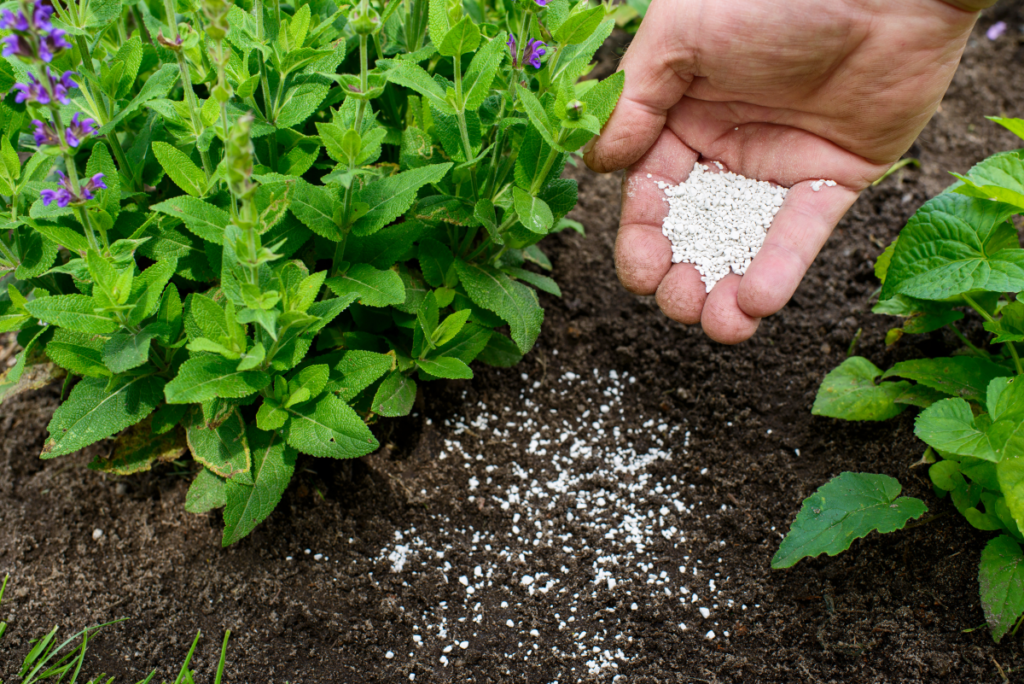
9. Pest and Disease Mismanagement
Failing to identify and address pest and disease issues promptly, leading to widespread damage.
Solution:
- Regular Inspection: Check your plants regularly for signs of pests and diseases. Early detection is key to preventing infestations.
- Integrated Pest Management (IPM): Use a combination of methods to manage pests, including cultural, mechanical, biological, and chemical controls.
- Healthy Plants: Maintain healthy plants through proper watering, fertilization, and spacing, as strong plants are more resistant to pests and diseases.
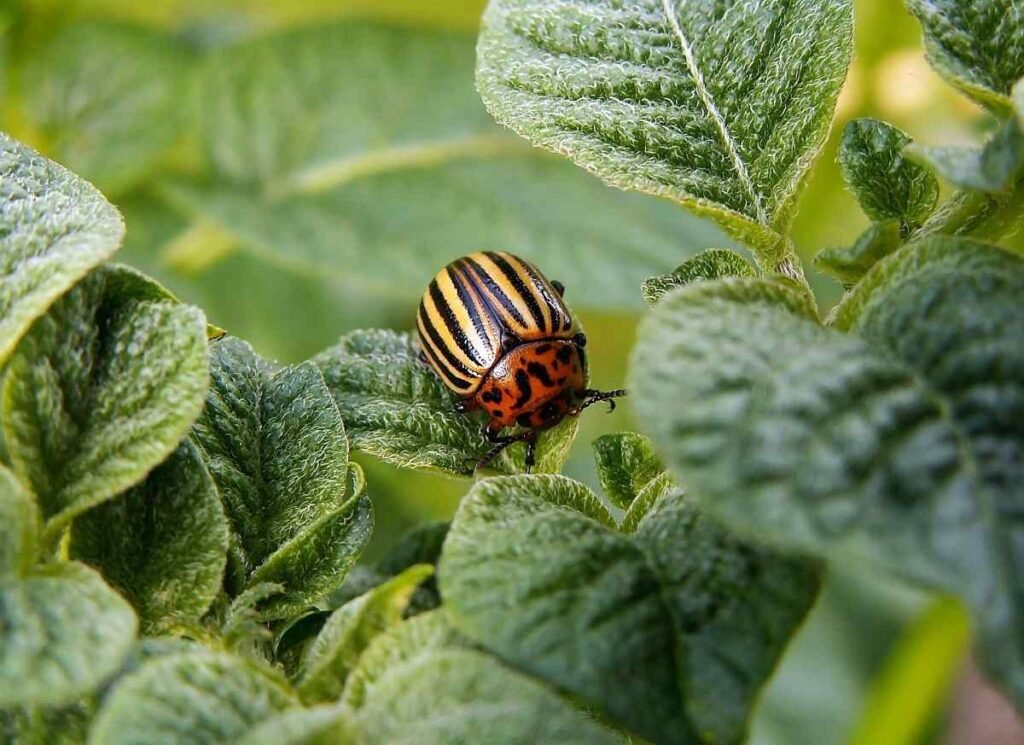
10. Lack of Patience and Realistic Expectations
Expecting immediate results and becoming discouraged if plants don’t grow as quickly or perfectly as imagined.
Solution:
- Patience: Understand that gardening is a process that requires time and effort. Be patient and enjoy the journey.
- Learning: Learn from your mistakes and successes. Gardening is a continuous learning experience, and each season brings new opportunities for growth and improvement.



